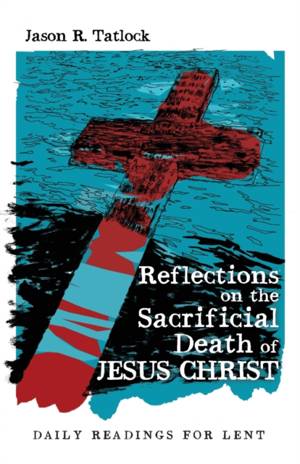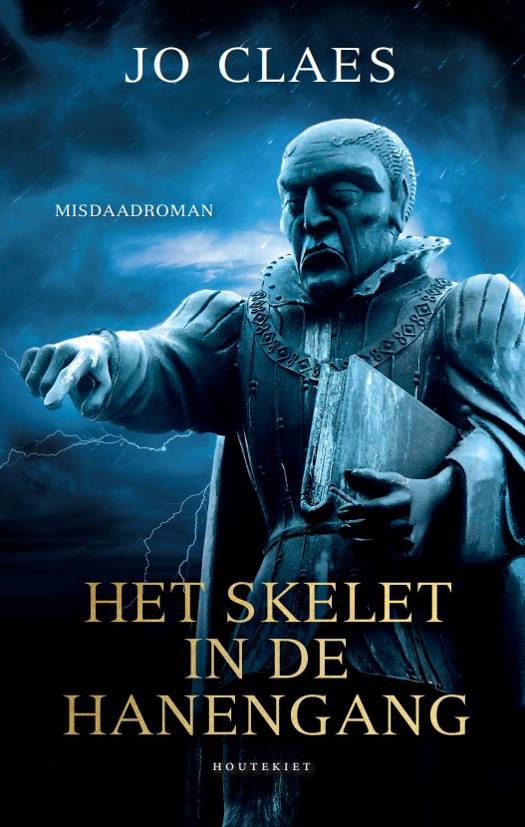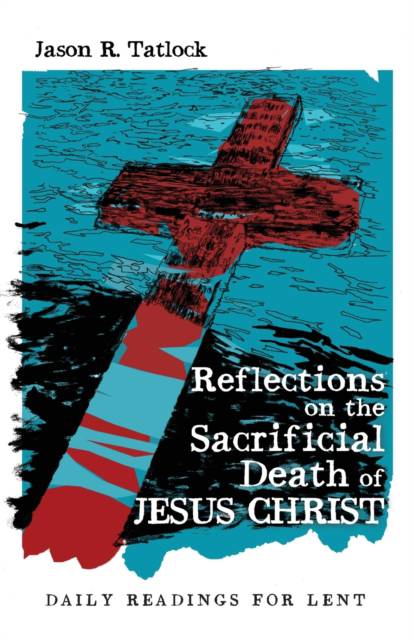
- Afhalen na 1 uur in een winkel met voorraad
- Gratis thuislevering in België vanaf € 30
- Ruim aanbod met 7 miljoen producten
- Afhalen na 1 uur in een winkel met voorraad
- Gratis thuislevering in België vanaf € 30
- Ruim aanbod met 7 miljoen producten
Zoeken
Reflections on the Sacrificial Death of Jesus Christ
Daily Readings for Lent
Jason Tatlock
Paperback | Engels
€ 31,95
+ 63 punten
Uitvoering
Omschrijving
The sacrificial nature of Jesus' crucifixion stands at the core of the Christian faith, and it serves as a focal point for the forty days of Lent. The essential meaning of his death as a victim of sacrifice is widely recognized, but there is more to the sacrificial representation than many realize. Jesus is not, for example, described in the New Testament only as a Passover lamb. That type of lamb sacrifice had nothing to do with addressing sin. His sacrifice involved concepts beyond Passover. Jesus and his early followers drew upon Jewish Scriptures to describe his death in light of several other Israelite practices and traditions, such as Day of Atonement rituals, guilt-sacrifice, and more. In this book, Tatlock draws upon his understanding of ancient sacrifice to explain the complex portrayal of the crucifixion in the New Testament. He shares about his personal challenges and insights in a series of daily reflections for the Lenten season or for any other time of the year.
Specificaties
Betrokkenen
- Auteur(s):
- Uitgeverij:
Inhoud
- Aantal bladzijden:
- 164
- Taal:
- Engels
Eigenschappen
- Productcode (EAN):
- 9781532690327
- Verschijningsdatum:
- 3/10/2019
- Uitvoering:
- Paperback
- Formaat:
- Trade paperback (VS)
- Afmetingen:
- 140 mm x 216 mm
- Gewicht:
- 213 g

Alleen bij Standaard Boekhandel
+ 63 punten op je klantenkaart van Standaard Boekhandel
Beoordelingen
We publiceren alleen reviews die voldoen aan de voorwaarden voor reviews. Bekijk onze voorwaarden voor reviews.











